Powdered Bulk Herbs – Slippery Elm Bark Powder
Slippery elm bark has mucilage and that is what relieves inflammation and irritation in the throat and urinary tract. It can also be used to chronic diarrhea, esophagitis, gastritis, peptic and duodenal ulcers, and ulcerative colitis. This herb is the harvested inner bark of the slippery elm tree. This bark can also be eaten in the wild. Pairs well with marshmallow root in clearing up digestive problems. Also available as a bulk herb.
Latin Name:
Ulmus rubra
Common Names:
Moose elm, Indian elm, sweet elm, red elm, American Elm, gray elm, soft elm
Parts Used:
The chopped bark is used for poultices and the ground bark for tea.
Properties:
Emollient, nutritive, laxative, demulcent, astringent
Traditional Uses:
Teas, infusions, and poultices. Used to make bows and for fire starting, the yoke of the Liberty Bell is made from Slippery Elm wood.
Topical Uses / Applications:
Culinary Uses:
Can be used in cooking — it works well as a substitute for eggs or as a thickener and will help with inflammation.
Folk Lore:
N/A
Chemical Properties:
Tannins, mucilage, and starch.
Cautions:
GRAS: Generally Recognized as Safe. This herb can be safely consumed when used appropriately. Avoid taking it with other medications, as the mucilage can prevent proper absorption.
*Disclaimer: These statements have not been evaluated by the Food and Drug Administration. This product is not intended to diagnose, treat, cure or prevent any disease.
Resources:
PDR for Herbal Medicines, 2000. Medical Economics Company, Montvale, New Jersey.
The New Holistic Herbal. David Hoffmann, 1990. Barnes and Noble Books, New York.
A Modern Herbal, Mrs. M. Grieve, (Dover Publications, New York, 1971)
Major Herbs of Ayurvedic.Compiled by Dahur Research Foundation and Dahur Ayurvet Limited, Ghaziabad, India., 2002. Churchill Livingstone, London, England.
Chinese Herbal Medicine: Materia Medica, Third Edition, Dan Bensky and Andrew Gamble, 1986. Eastland Press, Seattle, WA.

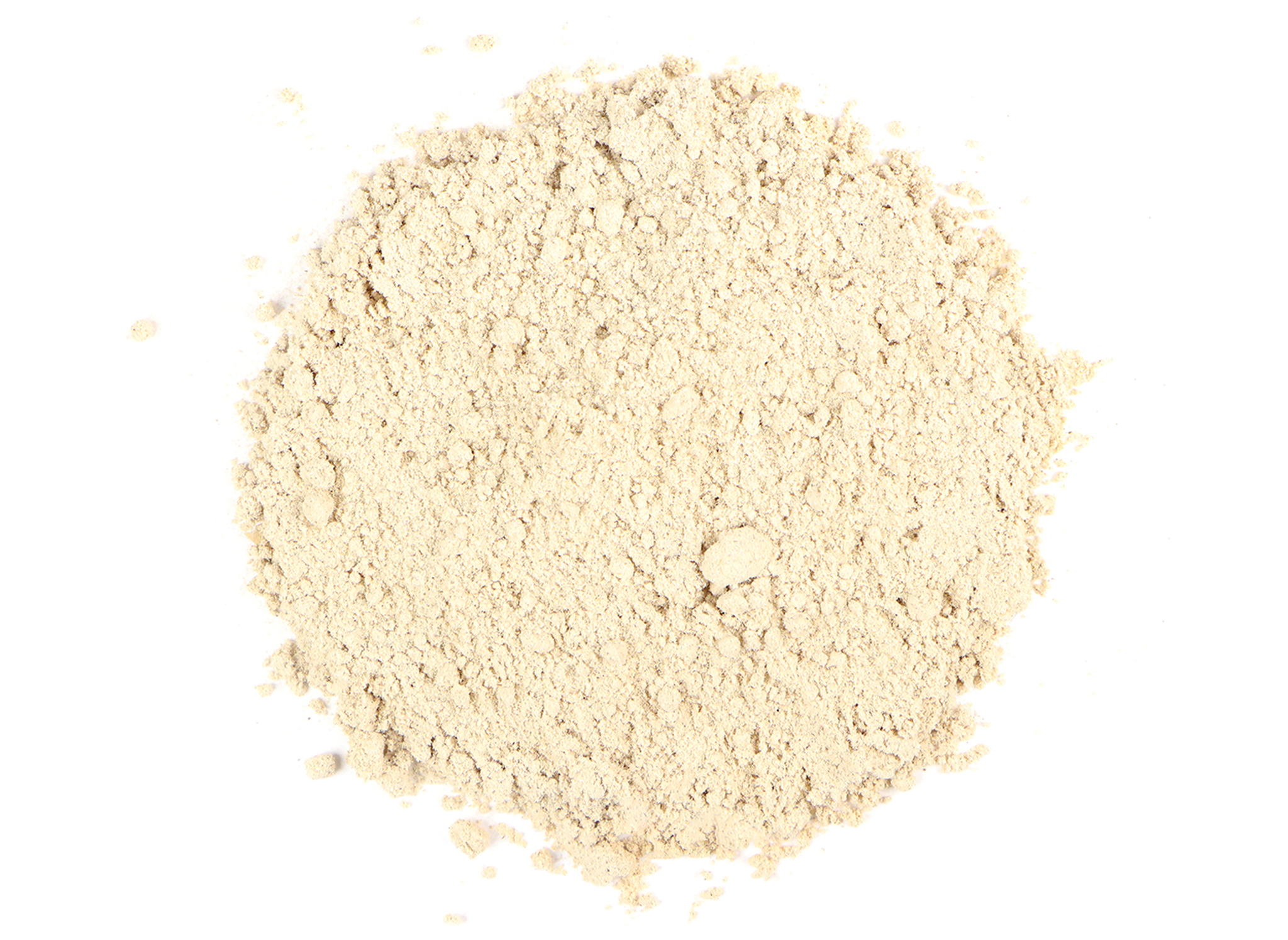
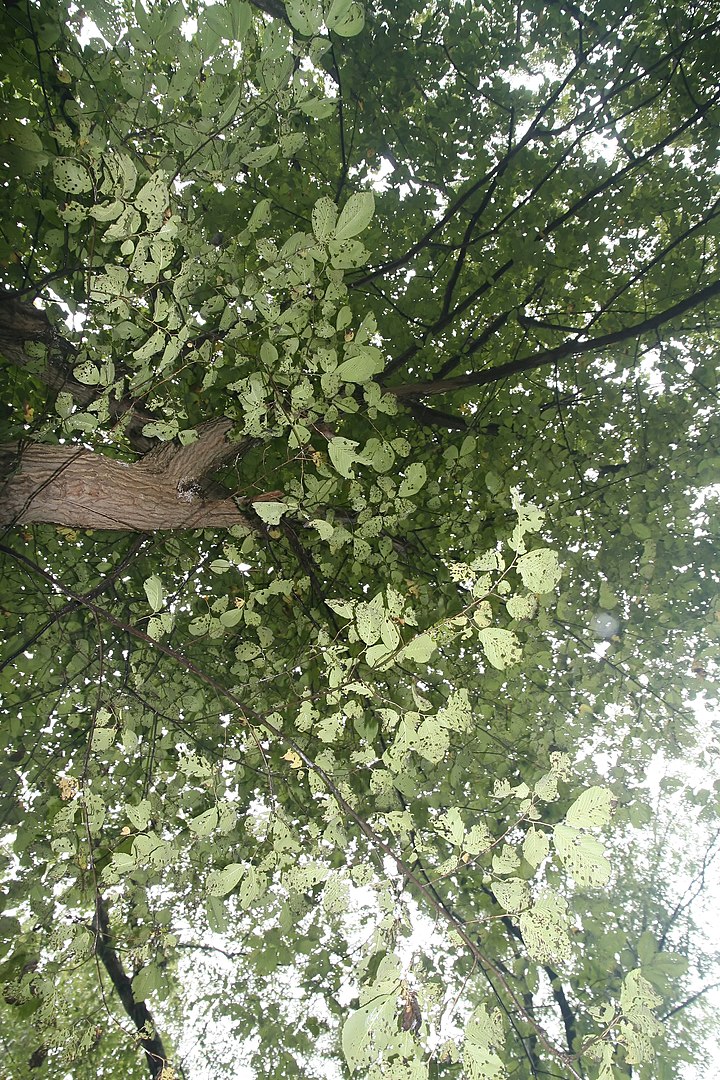

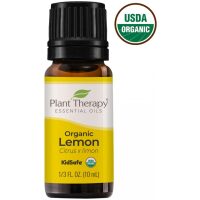
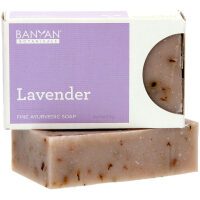
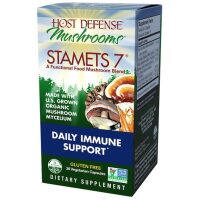

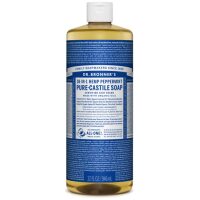
Reviews
There are no reviews yet.